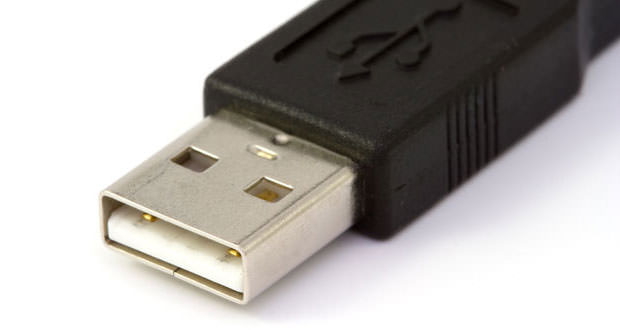Via the USB connection, the connection between the computer (or similar systems to computer) and devices has never been easier. The USB connection (which means Universal Serial Bus) was introduced in 1996. The aim was to put some ‘order in the links between PCs and peripherals, using a single protocol fits your requirements. Today almost all digital devices have input, output or input / output USB.
This connection is normally configured automatically (through special drivers) and bidirectional. The widespread use of this connection protocol often involves the need to connect two devices close to each other, so it may be useful to know how to stretch a USB cable.
1.) From the first version (USB 1.0) to today improvements, we have been mainly directed to the increase of the speed of data transmission. From 1.5 Mbit/s has gone to 12 Mbit/s version 1.1, the 480 Mbit/s of USB 2.0 to the current 3.0 version that boasts even 4.8 Gbit/s. The speed increase in the wrong is combined with the length of the link, since because of the unavoidable parasitic capacitances in the connecting cables also specifically designed, attenuations and delay’s transmission can corrupt the data so that could not be more intelligible after a connection a certain length.
2.) The PCs have USB socket’s type female connectors that connect to USB male. Banal and very short is the connection between a USB memory stick and PC. If necessary, it is possible, through a cable equipped with a plug from a USB male part and a female USB socket on the other, connect to the PC keys or other devices (such as printers, cameras, etc.) That are not in the immediate nearby. This type of cable, easily affordable in the network or in computer stores, is an initial response to the question ” How to stretch a USB cable. ” If so needed, you can connect multiple extensions of this type in series to cover greater distances.
3.) The maximum length of a USB connection is suggested in 5 m for the low-speed connections. For USB 3.0, it is recommended not to exceed the length of 3 m, with clearly-quality cables, although many experts in the field feel safer stopping distances lower. In the case where it is essential to connect digital devices that force must be placed at greater distances, it is necessary to resort to the USB HUB or signal repeaters to every 3-5 m of connection.
These devices are able to reconstruct the USB signal and transmit it to the second part of the cable. The HUB also allow you to increase the number of USB ports available. Since specifications, the maximum number of these repeaters placed in series on a link is equal to 5. Thus, the maximum distance reachable by this type of USB extension cables is between 15 and 25 meters.

